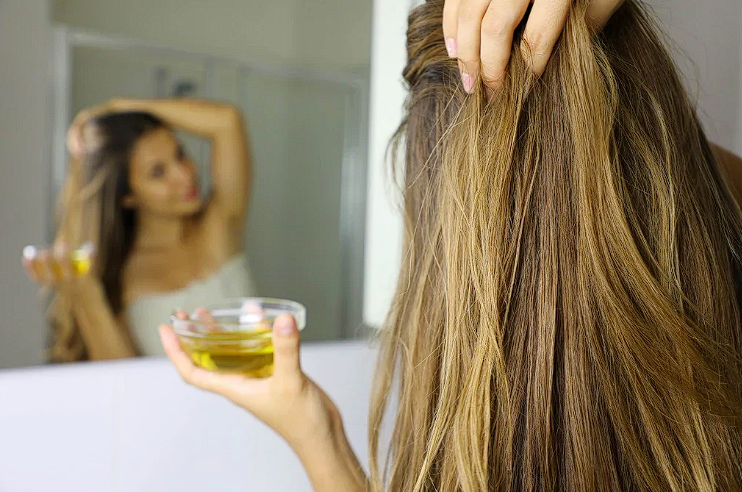
Introduction
In today’s world, hair care is more than just a routine — it’s a vital part of our grooming process that boosts confidence and complements our overall appearance. Hair spa treatments have gained immense popularity as they not only rejuvenate hair but also enrich the scalp, leading to healthier, more vibrant locks.
This comprehensive guide delves into the numerous benefits of hair spas, explores various types, and provides DIY tips and product recommendations to help you maintain your mane in the comfort of your home.
What is a Hair Spa?
A hair spa is a treatment aimed at revitalizing your hair and scalp by incorporating several rejuvenating procedures. These treatments typically include deep conditioning, massage, steam, and the use of luxurious hair masks or serums tailored to address specific hair concerns. The goal is to beautify the hair while preventing common issues like dryness, dandruff, and hair fall.
Understanding the Benefits of Hair Spa
Hair spa treatments are designed to provide a plethora of benefits:
- Refuelling and Strengthening: Replenishes hair nutrients, making strands stronger and less prone to breakage.
- Scalp Health: Improves blood circulation and removes impurities, promoting a healthier scalp.
- Stress Reduction: The soothing massages and warm steam help reduce stress and promote relaxation.
- Aesthetic Improvement: Enhances hair texture, sheen, and manageability with regular treatments.
Detailed Hair Spa Process
A typical hair spa session involves several steps that collectively improve hair health:
- Consultation: A specialist assesses your hair and scalp condition to customize your treatment.
- Cleansing: Hair is thoroughly cleaned to remove dirt and residues.
- Massage: A relaxing scalp massage stimulates blood flow.
- Steaming: Opens up the pores to allow deep conditioning treatments to penetrate.
- Mask Application: A nourishing mask or serum is applied, based on hair type.
- Rinsing: The product is washed out, leaving hair soft, shiny, and revitalized.
Types of Hair Spas and Their Benefits
- Hydration Spa: Ideal for dry and brittle hair with intensive moisture treatments.
- Anti-Dandruff Spa: Targets flakiness and itchiness to restore scalp health.
- Repair Spa: Reverses damage caused by heat styling, colouring, or environmental stress.
- Scalp Spa: Cleanses and treats the scalp to promote healthy hair growth.
- Keratin Spa: Smooths hair cuticles and boosts shine, especially for frizz-prone hair.
DIY Hair Spa at Home
You don’t always need to visit a salon. Here’s how to do it at home:
- Natural Oils: Warm coconut or olive oil and massage into the scalp to improve circulation.
- Homemade Masks: Use ingredients like bananas, honey, and yoghurt to create nourishing masks.
- Steam Therapy: Dip a towel in hot water, wring it out, and wrap it around your head to help ingredients penetrate deeply.
Selecting the Right Hair Spa Products
When choosing hair spa products, consider your hair type and needs. Look for items that:
- Contain natural ingredients
- Are free from harsh chemicals
These can include shampoos, conditioners, serums, and masks.
Hair Spa Cream at Home
Creating your own spa cream can be effective and rewarding. Mix:
- Natural oils (e.g., coconut, argan)
- Shea butter
- Essential oils (e.g., lavender, rosemary)
This results in a deep-conditioning, therapeutic treatment.
Expert Tips from Cutiskart
Cutiskart, a leading dermatology pharmacy, recommends using products tailored to your hair type. Their range of high-quality hair spa products can significantly improve hair texture and health.
Before and After Care
- Before: Get a professional consultation for a personalized treatment.
- After: Expect immediate improvements in hair texture and appearance. Regular sessions enhance long-term benefits.
Potential Side Effects
While hair spas are generally safe, they can occasionally cause:
- Scalp irritation
- Allergic reactions (if unsuitable products are used)
Tip: Always do a patch test before using a new product.
FAQs
Q: How often should I have a hair spa?
A: A monthly session is recommended for best results, though it may vary by individual.
Q: Can I do a hair spa at home?
A: Absolutely! With proper products and technique, you can perform a hair spa at home.
Q: What should I look for in hair spa products?
A: Choose items suited to your hair type, with natural, nourishing ingredients. Avoid harsh chemicals.
Q: Are there any risks associated with hair spas?
A: Minimal, if performed correctly. Ensure reputable salons and patch-test products before use.
Q: How can I maximise the benefits of a hair spa?
A: Regular treatments + good home care + quality products like those from Cutiskart = best results.
Conclusion
Hair spa treatments offer a fantastic way to nourish and rejuvenate your hair and scalp. Whether you go to a salon or DIY at home, the benefits are considerable. With proper knowledge, the right products, and consistent care, your hair can remain healthy, vibrant, and beautiful.
Explore premium options at Cutiskart to find the perfect hair care solutions.
People Also Ask
1. What are the benefits of a hair spa treatment?
Answer: Deep conditioning, strengthened follicles, reduced dandruff, improved circulation, moisture restoration, damage repair, and enhanced manageability.
2. How often should I get a hair spa treatment?
Answer: Every 2–4 weeks, depending on hair condition. Dry/damaged hair may need more frequent care.
3. Can I do a hair spa at home?
Answer: Yes. Use warm oil massage, steam, deep conditioning mask, and rinse. Products like L’Oréal and Matrix Biolage help.
4. What are the best products for a hair spa treatment?
Answer: Top choices include:
- L’Oréal Hair Spa Deep Nourishing Creambath
- Matrix Biolage Hydrasource Mask
- Wella Professionals Invigo Nutri-Enrich Mask
5. How does a hair spa help with hair fall?
Answer: Nourishes follicles, boosts scalp circulation, reduces stress, and strengthens roots with key nutrients like biotin and keratin.
Would you like this content converted into a downloadable format (Word, PDF, etc.) or cleaned up as HTML for website use?
Leave a Reply